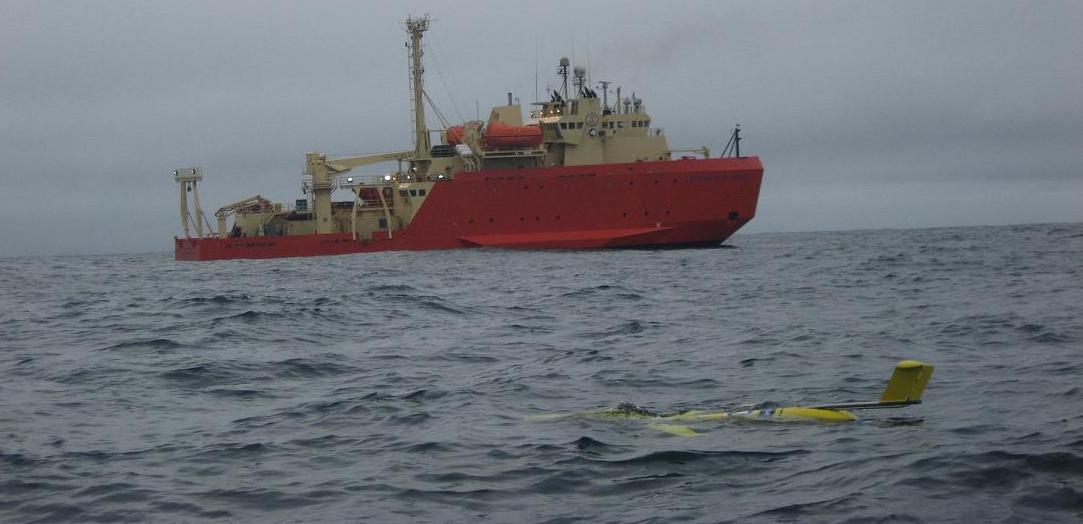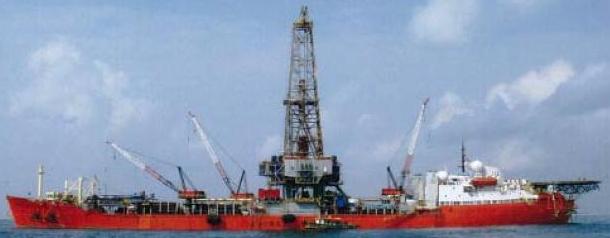
Do you know the purpose of autonomous underwater vehicles (AUV) or unmanned underwater vehicles and how they are different from remotely operated vehicles (ROVs). Let us find out in this post.
Autonomous Underwater Vehicle (AUV)
The name AUV is pretty much self explanatory to a great extent and it refers to a device resembling something like the one shown in the adjacent figure,

which can operate underwater without the requirement of any operator intervention and can perform a variety of tasks which are designated or programmed into it.
Underwater Surveys
One of the main purposes of using AUVs is to perform underwater surveys in order to find out subsurface conditions at places which can be a threat for ships and other marine vessels. The manner in which these underwater vehicles operate is that they are pre-fed with information about what needs to be done and they perform their task independently based on several onboard devices including but not limited to
- Sonar Systems
- Oceanographic Sensors
- Inbuilt Navigation Systems
- Depth Sensors
- Temperature Sensors
The above list is not exhaustive and there could be several gadgets mounted on the autonomous underwater vehicle.
A typical example of an autonomous underwater vehicle should be sufficient to give an idea about the specifications of AUVs. One such good example is the Slocum Glider which refers to such an unmanned underwater vehicle.
The shape and dissection of this AUV is shown in the figure below (Courtesy: Autonomous Undersea Vehicle Application Center).

The diagram is pretty self explanatory with all the part labelled properly. The typical speed of this underwater vehicle is of the order of 30-40 cms/second. An interesting point to note is that this AUV does not move about in a straight fashion but follows a sinusoidal sort of trajectory which is shown in the figure below.

This AUV resurfaces on the water at an interval which could vary between 3 – 4 hours to much longer and every time it comes to the surface its transfers its data to the base unit. With the battery power this gadget can travel long distances and thus provide useful help for scientists and researchers.
Remotely Operated Vehicles
We have already covered ROVs in a previous article and one of the main difference between ROVs and AUVs is the absence of any physical connection between the ship and the device in the latter case, while in the former it is certainly present.
You can also read more about ROV Underwater Robots in this article.
So basically you can see that these vehicles which are different from submarines perform very useful tasks and are mainly used for scientific research work and surveys.
What Are Autonomous Underwater Vehicles?,







